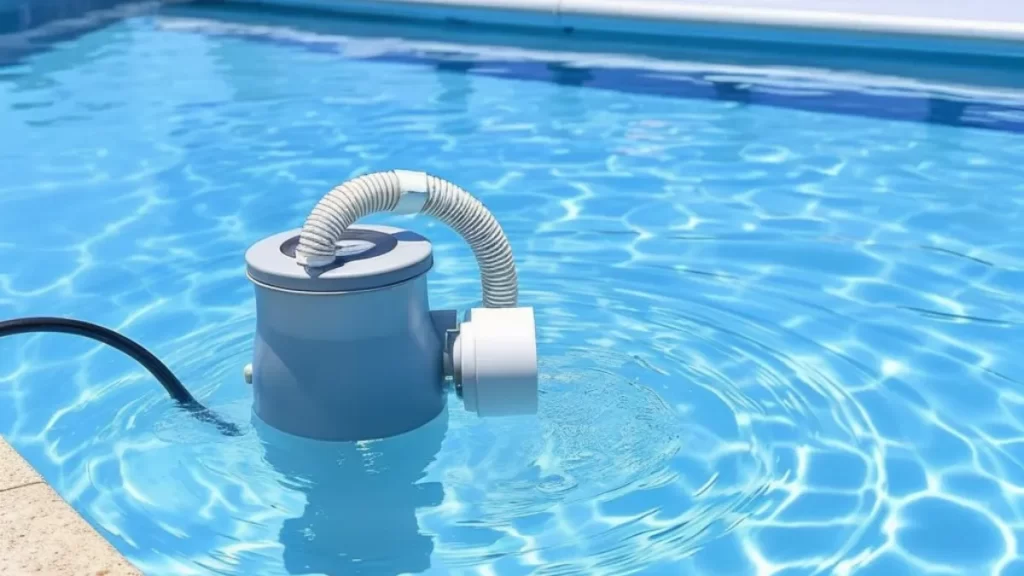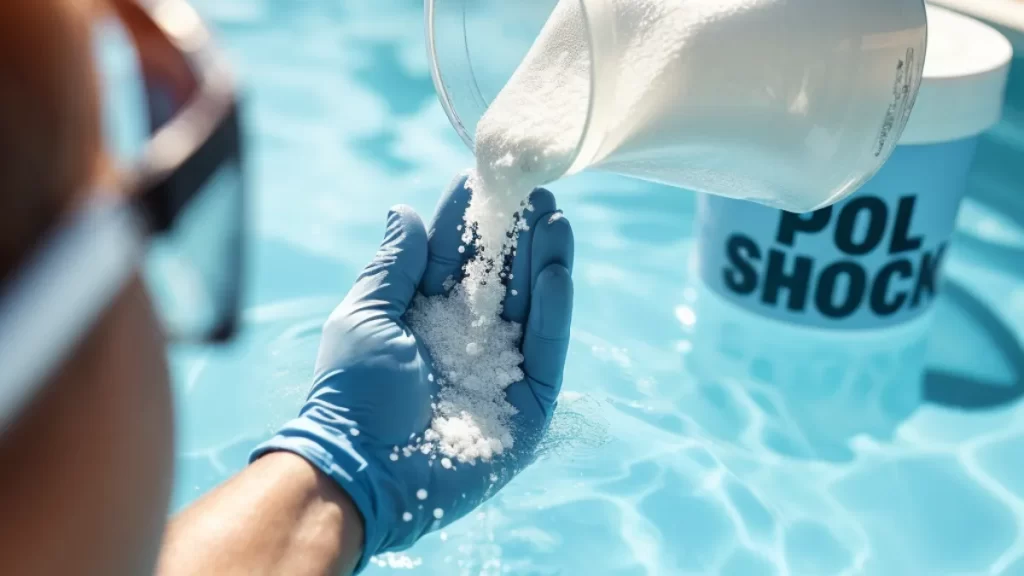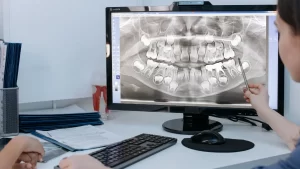Table of Contents
Owning a swimming pool is all about fun and relaxation, but safety is always a priority. One crucial step to maintaining a clean and safe pool is “shocking” it. But many pool owners wonder, how long after shocking a pool can you swim? In this article, we’ll dive into the surprising truth behind this question and provide the latest updates to help you enjoy your pool safely.
What is Pool Shocking, and Why is it Necessary?
Before we explore how long you can swim after shocking a pool, it’s essential to understand what pool shocking is. Shocking your pool means adding a high dose of chemicals (usually chlorine or a non-chlorine shock) to eliminate bacteria, algae, and other contaminants. This process ensures the water is safe and clean for swimmers.
Why is Shocking Important for Your Pool’s Health?
Over time, pool water accumulates debris, sweat, oils, and bacteria. Regular maintenance like shocking kills these harmful germs and helps clear your pool. Skipping this step can lead to murky water, algae blooms, and potential health risks, making shocking a critical part of pool upkeep.
How Long After Shocking Pool Can You Swim?
The million-dollar question: how long after shocking a pool can you swim? The answer depends on the type of shock used and how much was added to the pool. Typically, aftershock, you should wait between 8 to 24 hours. Let’s break it down based on different types of shock treatments.
Chlorine Shock vs. Non-Chlorine Shock: What’s the Difference?
- Chlorine Shock: This is the most common type of pool shock, using high chlorine levels to disinfect the water. After using a chlorine shock, you should wait at least 24 hours or until the chlorine levels drop to a safe range (below five ppm).
- Non-Chlorine Shock: This alternative uses potassium monopersulfate to clean the water without increasing chlorine levels. It works faster and is gentler on swimmers so you can swim in 8 to 12 hours.
Testing the Water Before Swimming
Even if the waiting period has passed, always test your pool’s chemical levels before jumping in. Use a pool testing kit to ensure chlorine levels are between 1 and 3 ppm and the pH is between 7.2 and 7.8. If the levels are still too high, give it more time.
How Long After Shocking Pool Can You Swim? What Happens if You Swim Too Soon After Shocking?
What happens if you swim too soon after shocking a pool? While it’s tempting to dive in, swimming too early can pose health risks.
Health Risks from High Chlorine Levels
High levels of chlorine can irritate your skin, eyes, and lungs. Exposure to over-chlorinated water may cause itching, redness, and rashes. In some cases, it could even lead to respiratory problems, especially in children or people with asthma.
Pool Damage from Premature Swimming
Swimming too soon after shock can also damage your pool. High chlorine levels can bleach pool liners, cause equipment corrosion, and damage pool surfaces. Waiting the appropriate amount of time protects you and your pool from harm.
How Long After Shocking Pool Can You Swim? How to Speed Up the Process After Shocking

Although patience is vital, there are a few tricks to speed up making your pool swim-ready again after shock.
Turn on the Pool Pump and Filter
Running your pump and filter continuously after shocking helps circulate the chemicals and disperse them evenly, lowering chlorine levels faster.
Keep the Pool Covered
Covering your pool after shock can also speed up the process by preventing debris and keeping the water warmer. Warmer water encourages faster chemical reactions, helping you swim sooner.
How Long After Shocking Pool Can You Swim? How Often Should You Shock Your Pool?
Now that we’ve covered how long after shocking a pool you can swim, you might wonder how often to perform this task. The frequency of shocking depends on how much your pool is used, but a good rule of thumb is:
- Once a week during heavy swimming months.
- Every two weeks during less frequent use.
- After heavy rainstorms, pool parties, or when the water becomes cloudy.
Regular shocking ensures your pool stays clean and safe throughout the swimming season.
How Long After Shocking Pool Can You Swim? How to Properly Shock Your Pool

Shocking a pool sounds simple, but doing it right can make all the difference. Here’s a step-by-step guide to ensure you’re using the correct method.
Step-by-Step Pool Shocking Guide
- Test the Water: Check the pool’s pH and chlorine levels using a testing kit before shocking.
- Choose the Right Shock: Choose a chlorine-based or non-chlorine shock, depending on your needs.
- Follow the Instructions: Each shock product has specific instructions for how much to use based on your pool size. Measure carefully to avoid overshocking.
- Add Shock at Night: Shocking your pool in the evening helps the chemicals work better since UV rays from the sun break down chlorine.
- Wait and Test: After shocking, let your pool’s pump run overnight and test the water again the next day. If chemical levels are safe, you’re ready to swim!
Also Read: Can You Eat with Invisalign? Discover the Shocking Truth Now!
The Surprising Truth: You Don’t Always Have to Wait 24 Hours
Now, for the surprising truth: how long after shocking a pool you can swim may not always require a 24-hour wait. As mentioned, non-chlorine shock treatments often allow swimming in as little as 8 hours. The key is knowing what shock method you’ve used and constantly testing the water to confirm the safe levels.
How Long After Shocking Pool Can You Swim, then? The answer depends on the shock type, but waiting until the chlorine levels have dropped to safe levels is essential. Always prioritize safety before diving in, whether 8 hours or 24. Test your pool’s water, take your time, and soon enough, you’ll be able to enjoy your pool worry-free.





